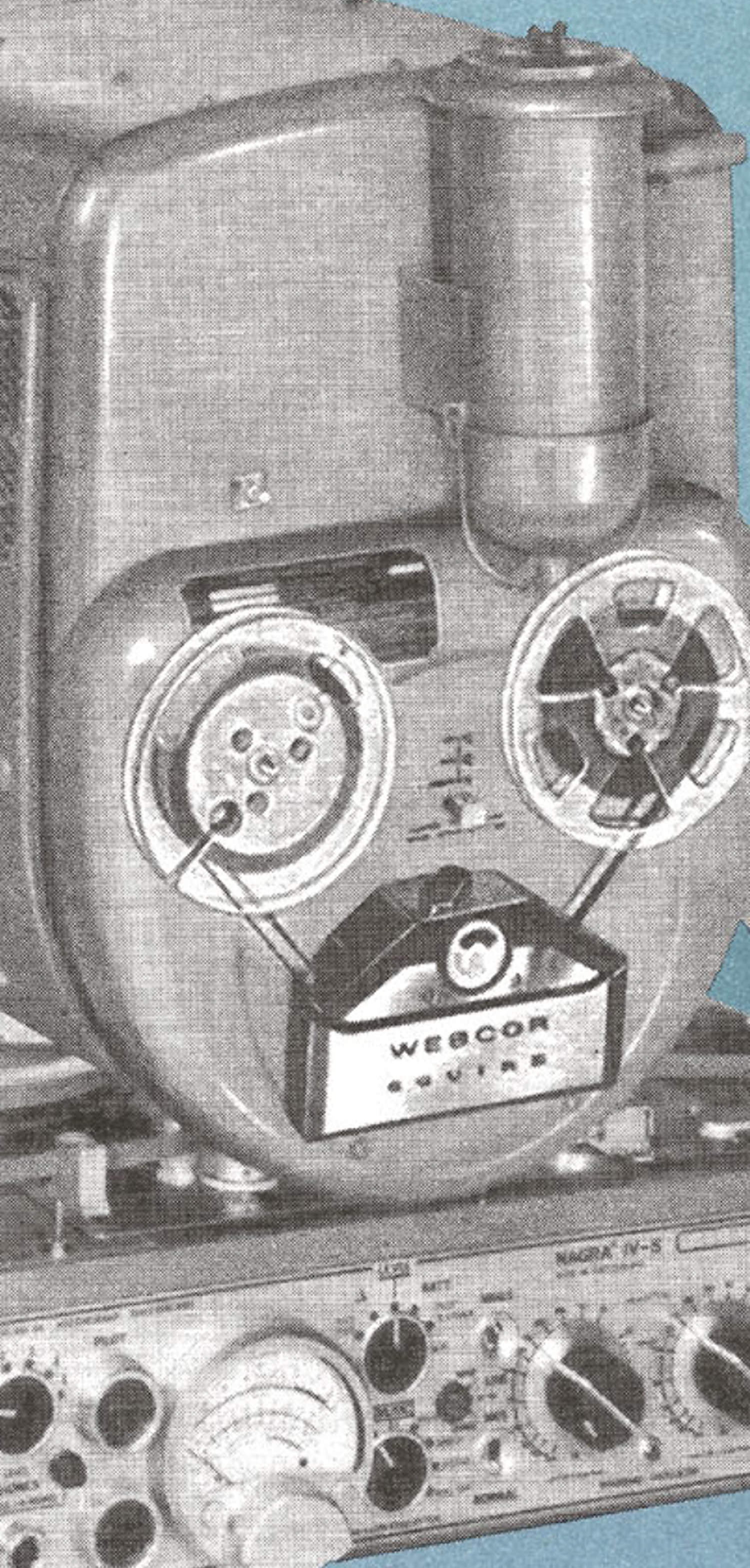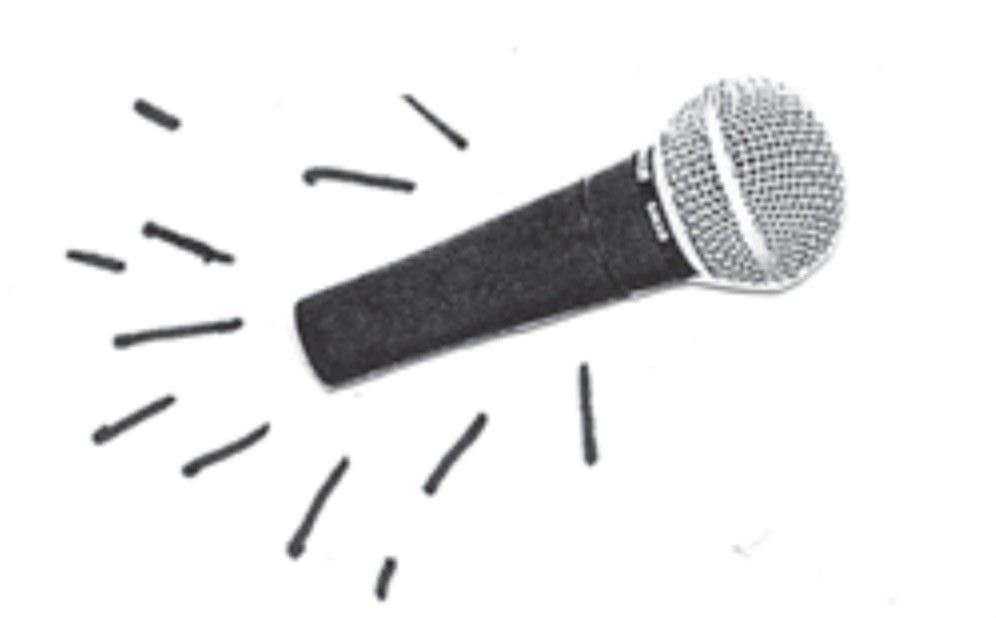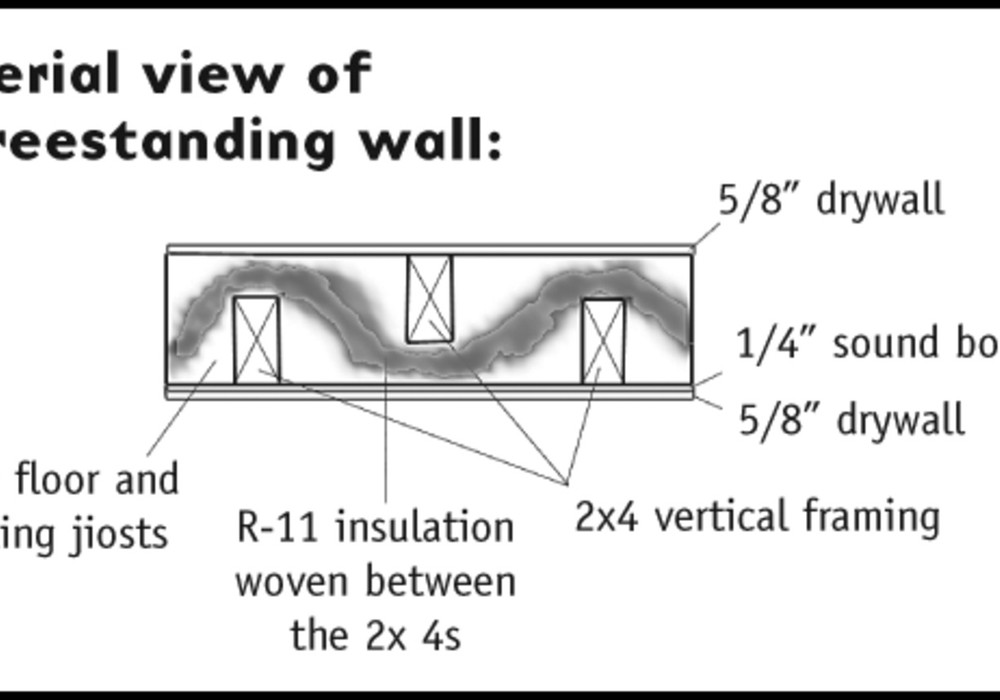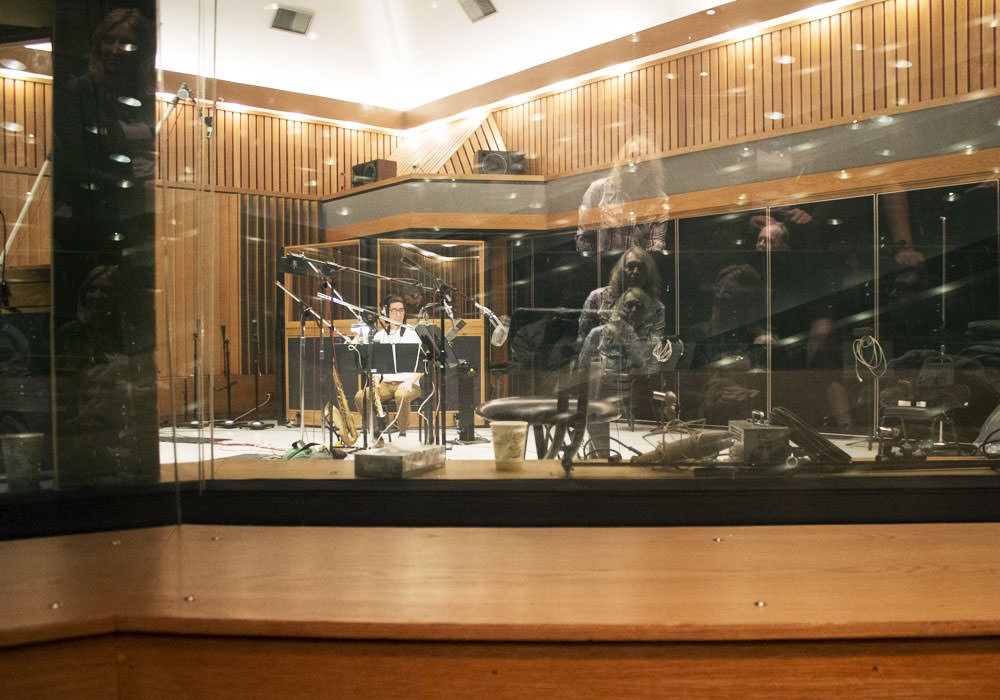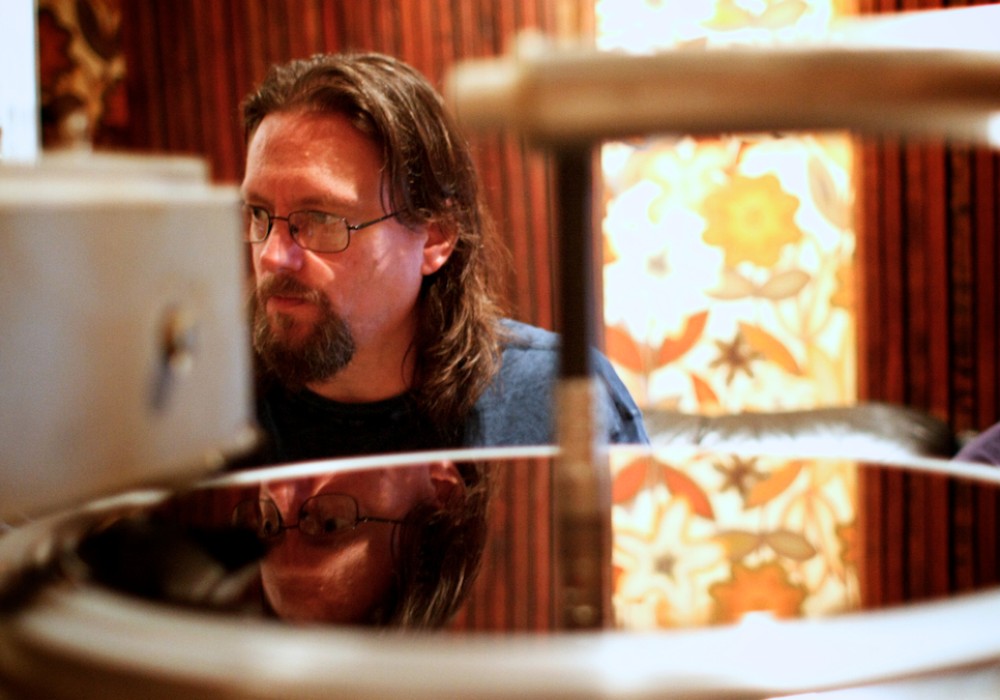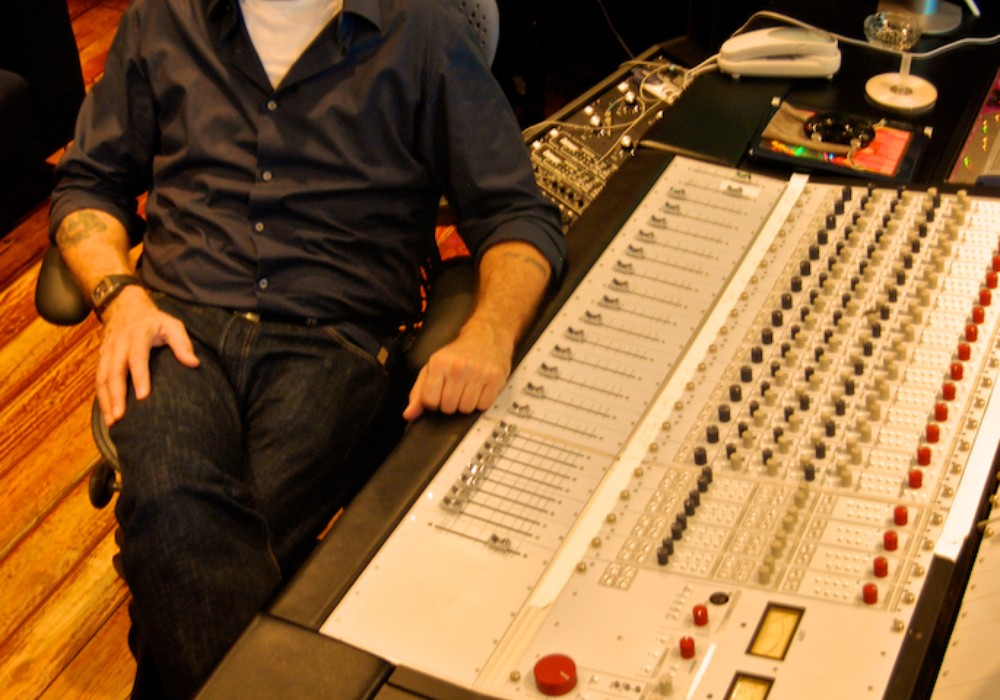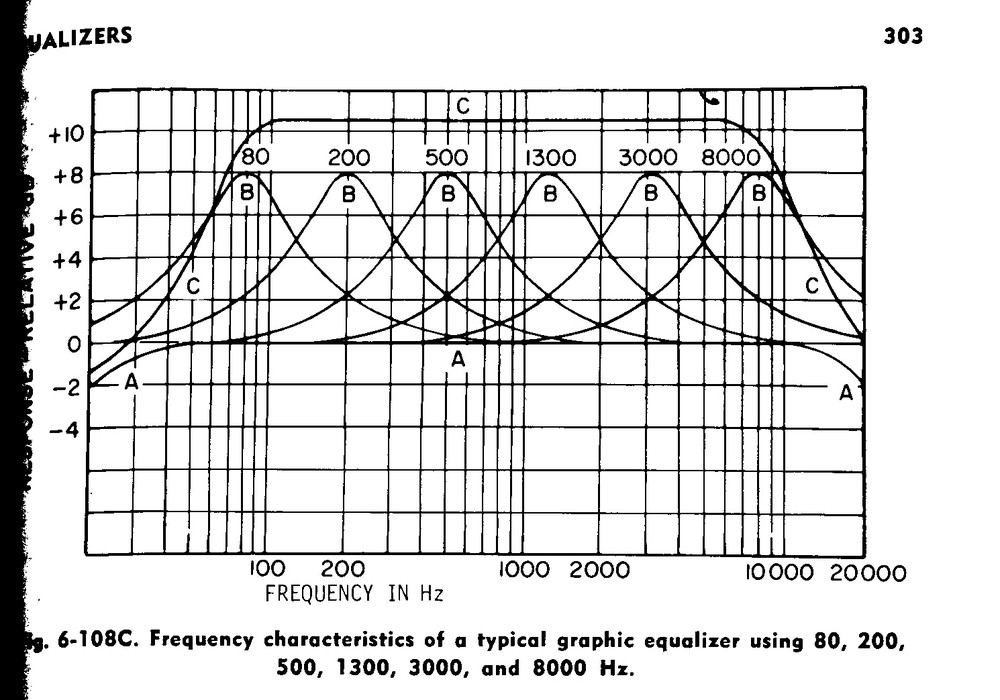As I did last time, I'm going to give you a few recipes for unconventional recording techniques. In the event that something turns out to be "conventional" (boring/old hat/duh!), please berate me at canoofle@spiritone.com or via snail mail at Tape Op*.
With that aside, here we go!
Catching Cymbal Overtones with Flying Microphones
I overdub cymbals in two main instances. Sometimes I'll play real cymbals with a programmed kick and snare pattern to give it some authenticity. Other times, I use cymbals more as effects and punctuation, rather than as part of a drum set. In both cases, I can take advantage of the fact that there are no drums (or other instruments) competing with the cymbals for the microphone while recording. This gives me the option of using alternate miking techniques. For the first instance (creating the illusion of a live drum set), a standard mic placement is probably best. I usually use two PZMs back-to-back over the drum set. I never put a separate microphone on the hi-hats**. For the second instance (effects and punctuation), I sometimes use the flying microphone technique to pickup more of the cymbal's overtones.
Ingredients:
1 microphone and cable, 1 cymbal on stand and stick, a piece of rope and a pulley (or screw-eye bolt).
1) Put the pulley (or screw-eye bolt) into the ceiling. Run the rope through it and attach it to the microphone SECURELY and hold the other end. What you want to have here is a situation where the microphone can be smoothly lowered and raised using the rope. A conveniently placed pipe will also work. You may need to experiment with different kinds of rope for maximum smoothness.
2) Raise the mic up with your left hand and place the cymbal below it (a little off center toward you). Lower the mic until it's about six inches from the top of the cymbal. Then, keeping your feet in place (masking tape on the floor helps), reach your right arm up as high as it'll go toward the pulley. Mark the rope with a pen where it meets your right wrist. Tie the rope to your right wrist making sure the marked part ends up in the same spot.
3) Practice lowering and raising the mic while holding a stick in your hand. When the stick meets the cymbal the mic should be about two to three feet above it. When your hand is outstretched the mic should drop to about six inches above again.
4) Start recording. Hold the stick about 1 foot back, ready to strike. At the proper moment hit the cymbal, then quickly and smoothly raise your arm up and lower the mic. The effect is quite interesting. The volume spike of the hit will be softened with the distance (two to three feet) of the mic, then the quieter overtones will be brought into the fore as the mic comes closer.
Other variations include: both arms outfitted with mics and cymbals for stereo recording (be sure to keep them at least three feet apart or there could be some phase problems), and hitting the cymbal quickly picking up the stand and moving it toward the mic or vice verse. Using the rope and pulley is best for situations where you need your other hand free.
Timbral Changes with a Flying Microphone
One thing I like to do is use flying microphones on percussion. Depending on your approach, you can create all sorts of shifts in sound quality during a performance while maintaining volume unity.
Ingredients:
A person to hold the microphone, a drummer and a drum set, and someone at the mixer
1) Position the microphone about three feet away from the drum set. Adjust the input level to your recording device. Mark the fader position "#2".
2) Position the microphone as far from the drum set as possible. Readjust the input level to your recording device. Mark the fader position "#1".
3) Start recording. Very slowly, walk the microphone across the floor toward the drum set. Take the whole song to get there. At the same time and speed, change the fader from position #1 to #2.
When you're done, you'll have a drum performance that plays back at the same volume throughout the song, but with the drum set sound changing from distant to present. You can try different microphones and different settings (omni, cardioid, etc...) as well. Also, the possibility for highly choreographed position switching exists: Maybe the verses are far away and the choruses close. What if you recorded every instrument in a song this way? Or, what if you recorded different combinations... when the guitars switch from far to close sounding, the drum set and bass do just the opposite?
Be careful if you start doing more rapid changing with the microphone position. Make sure your path and cables are clear. Tripping on something and dropping your microphone makes you feel bad. It also helps, for quieter instruments, if the microphone wielder is wearing socks. Boots clomping across a wooden floor arhythmically can be distracting. The main thing I like about this technique is the subliminal effect of subtler applications. A slowly evolving sound picture in a song is felt subconsciously more than heard consciously. It has the ability to change the listeners perception of the song without them realizing it.
Volume Changes With a Flying Microphone
This is the same as the last technique but without the volume unity. This is a more drastic approach.
Ingredients:
A person to hold the microphone, a drummer and a drum set
1) Position the microphone about three feet away from the drum set. Adjust the input level to your recording device.
2) Reposition the microphone as far from the drum set as possible.
3) Start recording. Very slowly, walk the microphone across the floor toward the drum set. Take the whole song to get there.
Again, and always, countless variations exist for this and other techniques mentioned here. You can use a stereo microphone approaching from the front. You could have two people, each with a microphone, approaching from the opposite sides or walking circles around the drummer. In general, this is "fun in headphones" recording.
* I've never had a job in a recording studio, I haven't gone to audio engineering school, nor have I had any real musical education. So, most of what I have to relay here in Tape Op was learned the hard way (many hours in the home studio) or by accident (tired after many hours in the home studio). I also am indebted to my friends who have done all of the above and been kind enough to share their knowledge with me. Sadly, some of my best discoveries have been in the books for years, hence the invitation of beratement.
** To me, the hi-hats are just more cymbals and need not be given any special attention. Putting an additional microphone on the hi-hats usually brings them up in volume unnecessarily. This, in turn, usually brings more snare into the mix. The main thing I don't like about this kind of drum set imaging are the holes that occur whenever the drummer plays a fill, especially short ones. The too-loud hi-hat, which was serving as a sort of metronome or shaker, disappears during fills, and the space is filled with a very different timbre (usually snare or toms), which hilights the absence of the hi-hats even more. [I agree! -LC]
